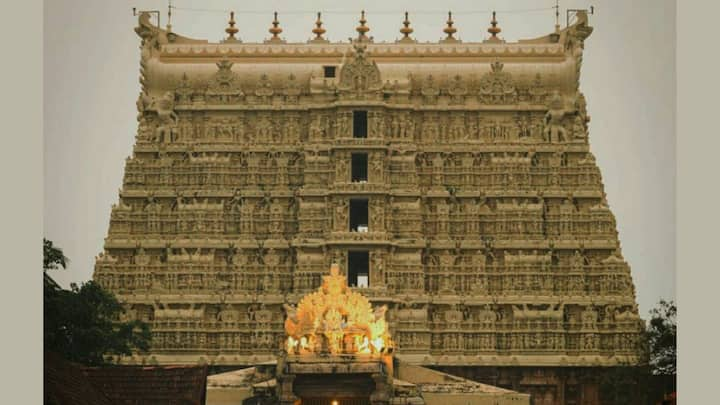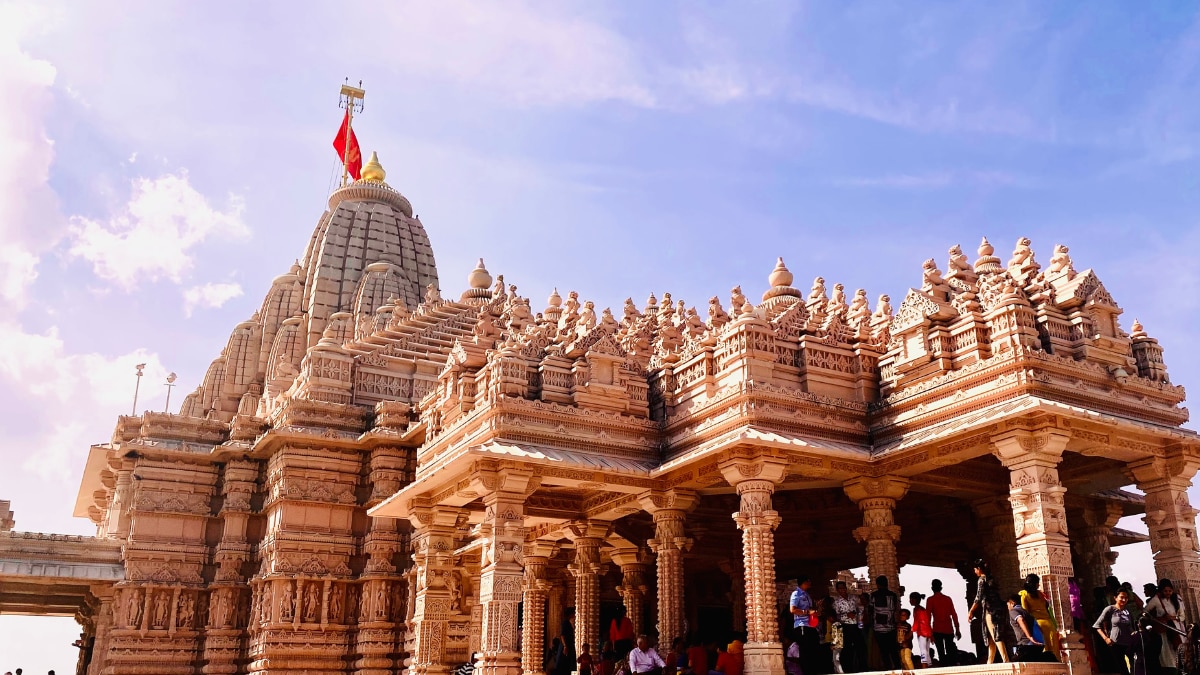The temples in South India are quite majestic in their enclosure with commanding pillars and intricately designed sculptures. The temples have been built around certain legends and are full of stories that depict parts of their past. The vibrant rituals and festivals celebrated within these sacred spaces breathe life into these magnificent structures, transforming them into vital centers of community and cultural identity.
Here are 5 lesser-known temples in south-india to explore:
ALSO READ: Diwali 2024: Best Places In South-India To Experience This Vibrant Festival
Shri Padmanabhaswamy Temple, Kerala:

Situated in Trvandrum, this temple is known for its intricate architecture, with the deity of Lord Padmanabha. The temple is a treasure trove of diamonds, emeralds, pearls, and precious metals.
Pundarikaksha Temple, Tamil Nadu:
Located near Tiruchirapalli, this temple is one of the 108 Divya Desams, which is dedicated to Lord Vishnu. The inscriptions of this temple was built 1500 years ago by the Pallavas, it is build in the Dravidian style. It is famous for its swastika-shaped tank and historic murals. Rituals and festivals, like the community chariot festival, draw visitors from across the region.
Brahmapureeswarar Temple, Tamil Nadu:
This temple is situated near Tiruchirapalli, it is 2000 years old and is known for its Chola-style architecture. It is believed that Lord Brahma himself prayed here to Lord Shiva to rewrite his fate. The temple is consist of a meditation hall and smaller shrines for the 12 jyotirlingas.
Thillai Kali Amman Temple, Tamil Nadu:
Located in Chidambaram, this 800-year-old temple is dedicated to Goddess Kali. It is believed to be the place where Lord Shiva defeated Goddess Parvathi in a dance competition. The temple was built by the Chola king, Kopperunjingam, and the goddess is depicted with four heads representing the four Vedas, symbolising protection over the region.
Kapaleeswarar Temple, Tamil Nadu:
This temple is located in Chennai, Which is rebuilt by the Vijayanagara Kings after the original structure near the sea was destroyed. The temple is a fine example of Dravidian architecture, and is known for its festivals, especially the Arubathimoovar Festival, where 63 saints are taken in procession. The temple area, Mylapore, gets its name from the Tamil word 'Mayil' (peacock), as legend says Goddess Parvathi worshipped Lord Shiva in the form of a peacock here.


